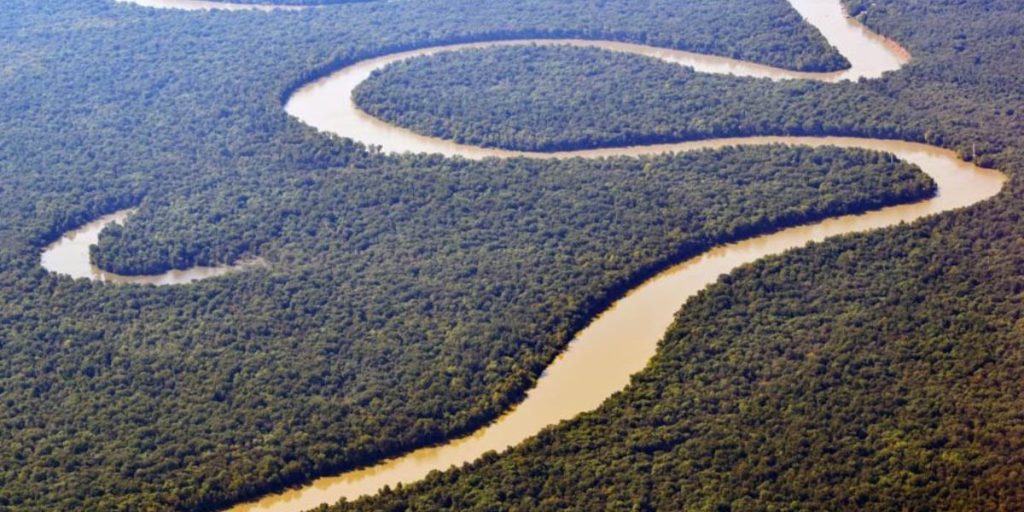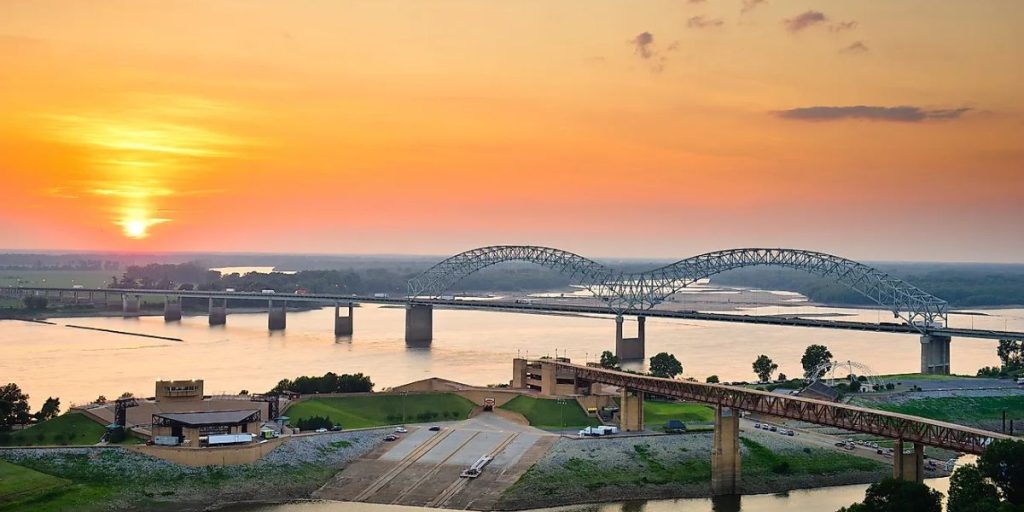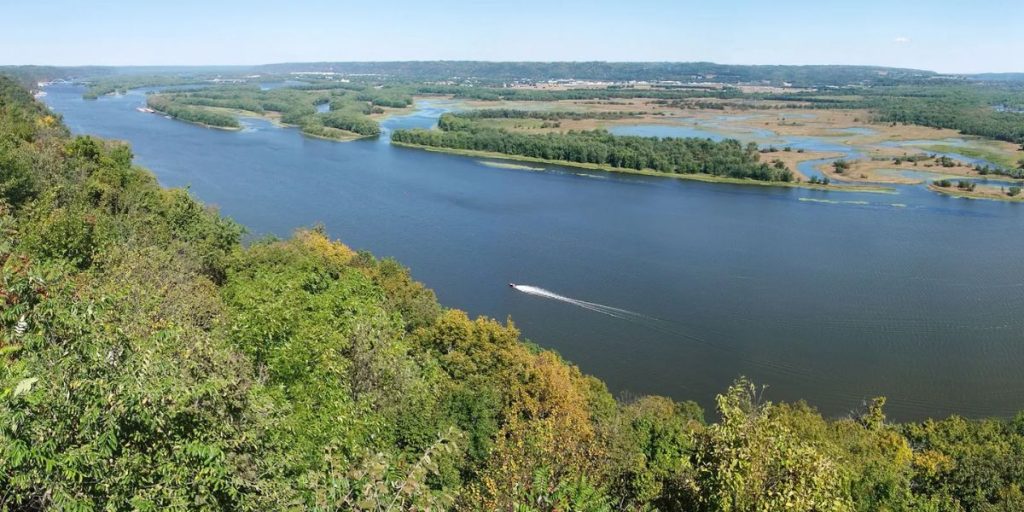The Mississippi River is 2,350 miles (12,408,000 feet) long and flows through Arkansas, Illinois, Iowa, Kentucky, Louisiana, Minnesota, Mississippi, Missouri, Tennessee, and Wisconsin. It is the second-longest river and the second-largest drainage system in North America.
Without the Mississippi, shipping would take longer and cost more on average. This is due to the Mississippi being one of the largest waterways and supporting the shipping industry, which employs over 35,000 people.
This article explores the Mississippi River’s origin narrative, including when and how it came to be. Find out how the Mississippi River was formed below.
How Was the Mississippi River Formed?

The Laurentide Ice Sheet of the previous Ice Age had a significant impact on the Mississippi River Basin’s current configuration. Glaciers moved over this area several times, washing away the top layers of the granite formations. The glaciers melted, releasing enough water to produce rivers.
When Was the Mississippi River Formed?
The Mississippi River was formerly thought to have formed some 20 million years ago. However, in 2018, a team of SIU researchers led by Sally Potter-McIntyre discovered evidence indicating that the river is much older than this.
Potter and her crew discovered zircon particles in a river in Illinois. The age of the shards allowed scientists to safely deduce that the Mississippi River is around 50 million years older, closer to 70 million years old.
You May Also Like: 7 Best River Towns for Retirement in The South US
Is the Mississippi River Natural or Man-Made?

Although the river was produced naturally, as previously stated, mankind has modified and interfered with it in several ways. A natural river is a watercourse that runs into a sea, a lake, the ocean, or another river. The alterations made to the Mississippi River allow it to meet our demands while also changing it irreversibly.
Learn More: The Only US State with No Termite Infestation
How Did Native Americans Cross the Mississippi?
Native Americans used boats to travel the Mississippi River. They traveled across the Mississippi, Arkansas, and Ohio rivers.
Who Was the First to Explore the Mississippi River?

Jacques Marquette and Louis Jolliet are thought to be the first to explore the Mississippi River and Valley. The earliest known exploration of the Mississippi River was by French adventurer Jacques Marquette. In contrast, Louis Jolliet was the first known explorer of the Mississippi Valley.
Also, read: The Top 10 American States Highly Infested by Termites
How Many People Have Swum the Mississippi?
Only two persons are known to have swum the Mississippi River. Martin Strel was the first person to do it. Strel, a Slovenian long-distance swimmer, accomplished this accomplishment in 2002.
He traveled for 68 consecutive days. He began swimming on July 4th and finished on September 9th, for a total of 68 days.
Three years later, in 2005, an American Navy combatant named Chris Ring tried the same feat. He succeeded, becoming the first American and the second person to swim the Mississippi. He finished the challenge in 181 days.
Read More:
- What Came First: The Mississippi River or Mississippi The State
- Check Out the Most Deadly Lakes in America
Final Words
The Mississippi River is often known as The Great River, indicating its importance to America and the world. Given that the river is as old as dinosaurs, it requires all the assistance we can provide to maintain its natural qualities.
One way you may help conserve the Mississippi is to plant native species and keep an eye out for invasive ones. Pollution is another important issue that the Mississippi and all rivers confront, so if you have some free time, consider volunteering at your local river management center to help lessen your environmental effects.